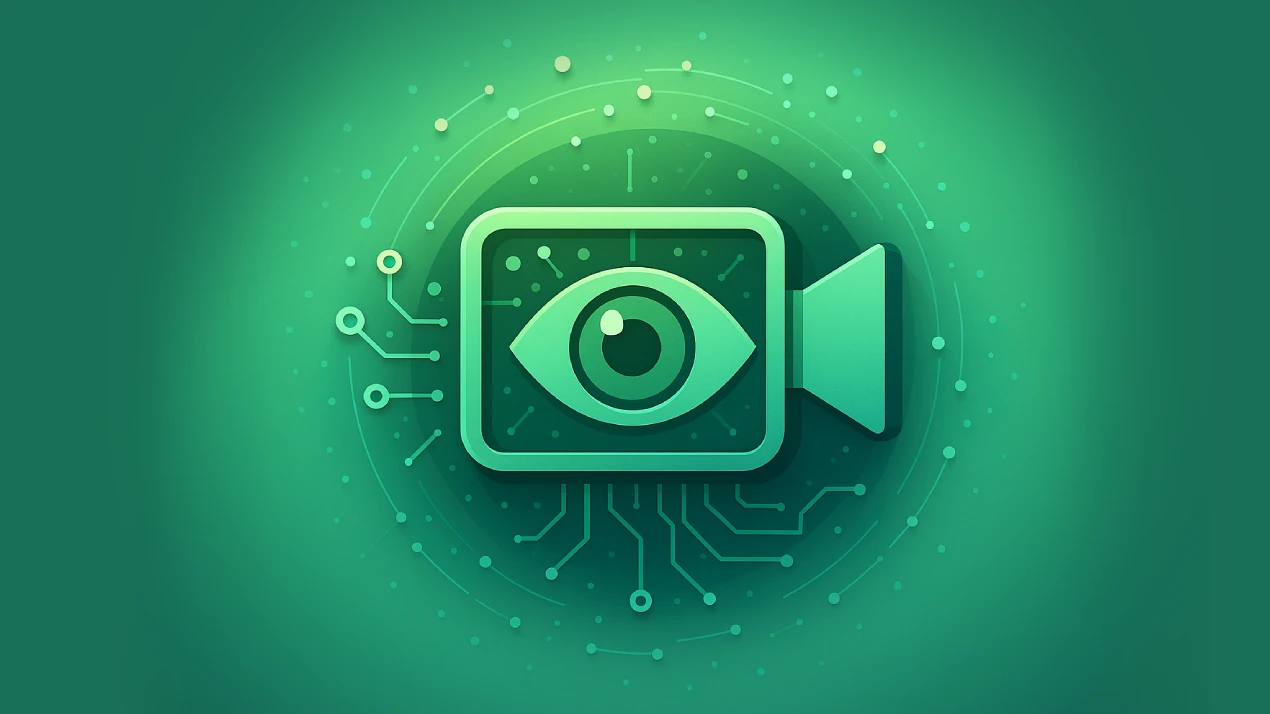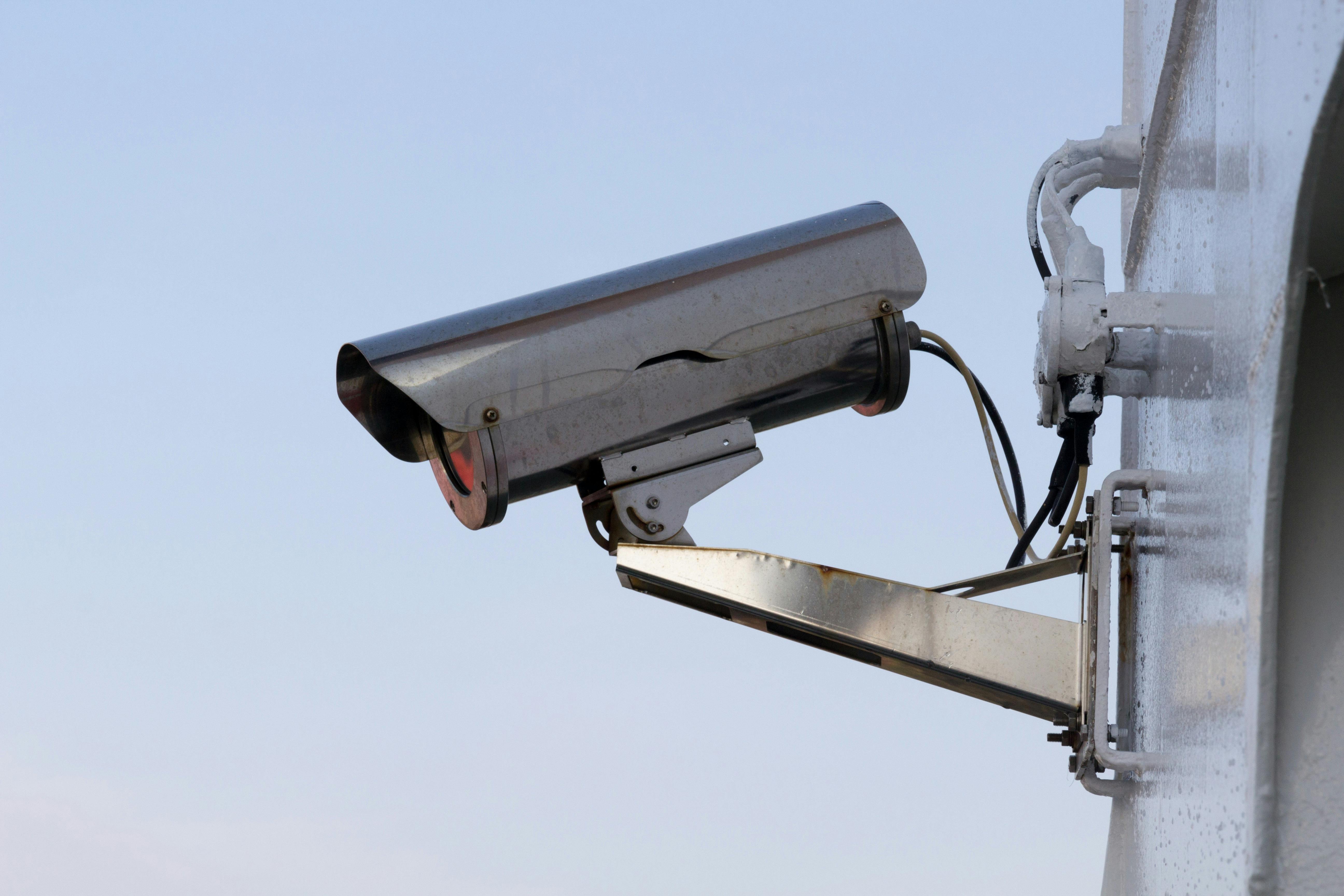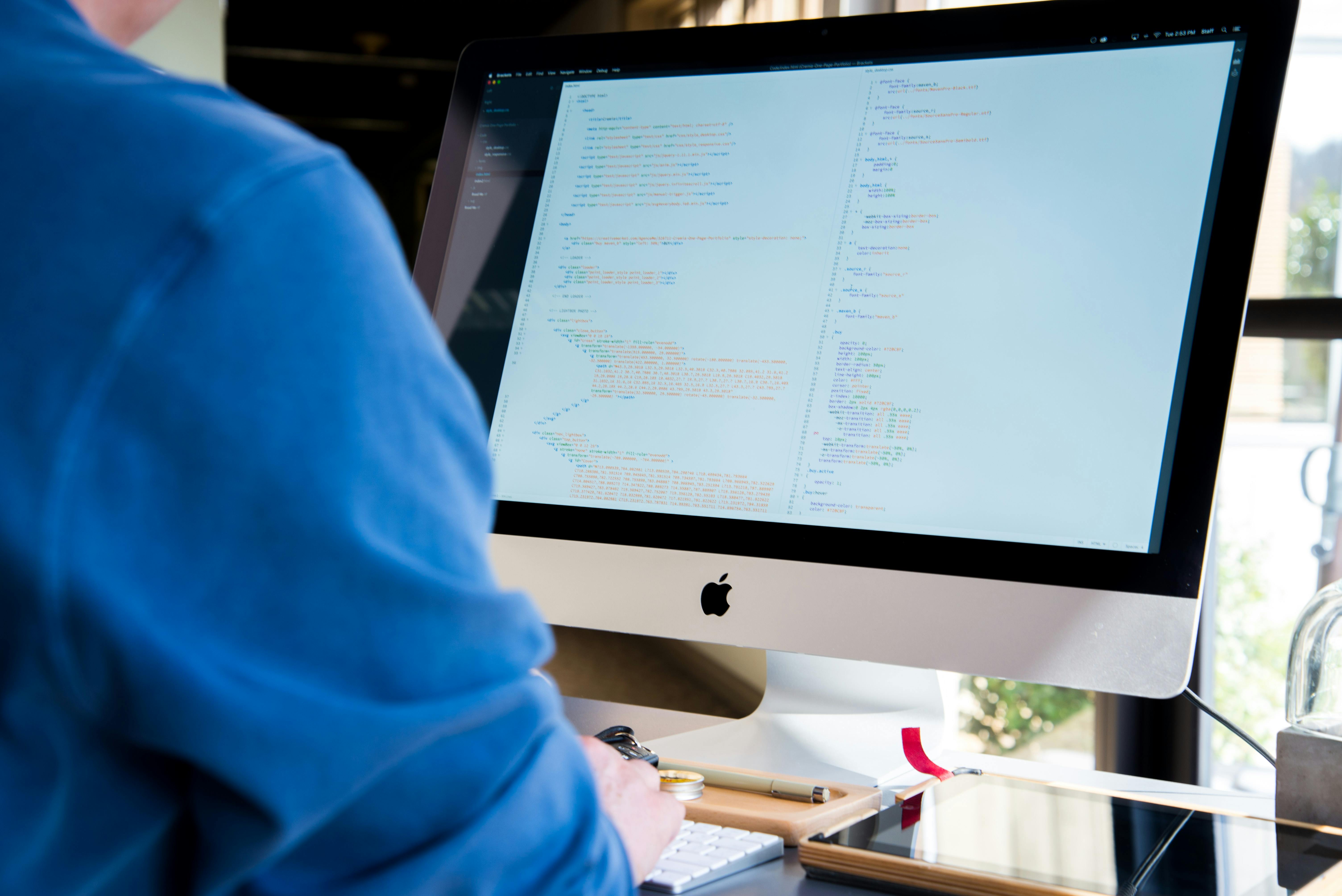
Unlocking Business Insights with Computer Vision and Video Analytics
Understanding the Power of Computer Vision
Computer Vision (CV) is a rapidly growing field of artificial intelligence that enables machines to interpret and act upon visual data such as images and video. Combined with video analytics, it allows organizations to extract real-time insights from video streams—transforming passive surveillance into intelligent, actionable data.
These technologies have matured far beyond basic motion detection. Today, they can recognize objects, track movement, detect unusual behaviors, and even generate heatmaps to analyze crowd flow. For businesses, this means better safety, enhanced automation, and data-driven decision-making at scale.

Key Applications Across Industries
One of the most impactful applications is Intelligent Video Analysis. Businesses are using computer vision to monitor real-time video feeds for critical event detection—such as identifying people, vehicles, and unauthorized access. For environments like warehouses, campuses, and smart cities, this means real-time alerts for security breaches or dangerous behavior.
Another widespread use is people flow analytics, where heatmaps, people counting, and dwell-time measurements provide insights into customer behavior and facility usage. This is particularly useful in retail, airports, and entertainment venues.
Advanced implementations include license plate recognition (LPR/ANPR) for traffic and parking control, and anomaly detection powered by AI models that identify abnormal patterns—like loitering, aggression, or operational bottlenecks.
Crucially, these capabilities can be integrated into existing CCTV systems, preserving infrastructure investments while enabling advanced functionality.

Custom Computer Vision Models for Business Needs
Off-the-shelf solutions don’t always meet specific business challenges. That’s why custom model development plays a vital role in CV strategy. Businesses are leveraging bespoke models for:
- Image classification (e.g., quality inspection in manufacturing),
- Object detection and tracking (e.g., counting pallets in a logistics center),
- Semantic segmentation for scene understanding,
- Facial recognition within regulated environments, ensuring privacy compliance,
- And industrial automation—such as robotic vision for defect detection or sorting.
At GoEncode, we specialize in creating and deploying such models tailored to each client’s use case.
The Data Behind the Vision: Preparation and Labeling
Effective computer vision depends on robust, high-quality data. This starts with data preprocessing, including image and video cleaning, noise reduction, color balancing, and lighting correction. We also use data augmentation techniques to increase model robustness by simulating varied real-world conditions.
In complex scenarios where real-world data is scarce, we generate synthetic datasets that replicate challenging environments for training AI models more effectively.
Accurate image and video annotation is equally critical. Using tools like CVAT, Label Studio, and Supervisely, we provide manual and semi-automatic labeling services for bounding boxes, keypoints, and segmentation masks—essential for training supervised learning models.
From Model to Impact: Integration and Deployment
Once models are trained, they need to be integrated into operational environments. This involves developing RESTful APIs to serve the models, and deploying them on edge devices like smart cameras, drones, or NVIDIA Jetson hardware—minimizing latency and reducing cloud dependency.
We also create interactive dashboards using Streamlit, Dash, or Grafana to visualize alerts, trends, and performance metrics. These interfaces empower teams to make faster, data-driven decisions.
Our deployments integrate seamlessly with cloud platforms such as AWS, Azure, and GCP, ensuring scalability and reliability.

The Tech Stack That Powers It All
Each computer vision solution is unique, requiring a tailored combination of technologies based on the specific challenges and objectives of the project. While the exact stack varies from one implementation to another, here are some of the most commonly used tools and frameworks that power these solutions:
- AI Frameworks: TensorFlow, PyTorch, OpenCV, YOLOv8
- Video Analytics Platforms: NVIDIA DeepStream, OpenVINO, Jetson Nano/Orin
- Data Labeling Tools: CVAT, Label Studio
- Infrastructure & APIs: Docker, Kubernetes
- Visualization: Streamlit, Dash, Grafana
Computer vision and video analytics are revolutionizing how businesses interact with their environments—from enhancing security to streamlining operations and uncovering new insights.
Whether you’re managing a manufacturing line, overseeing a retail store, or running a transportation hub, visual intelligence can give you a decisive edge. If you need help with your custom solution, reach out to us today to start transforming your business with computer vision and video analytics.